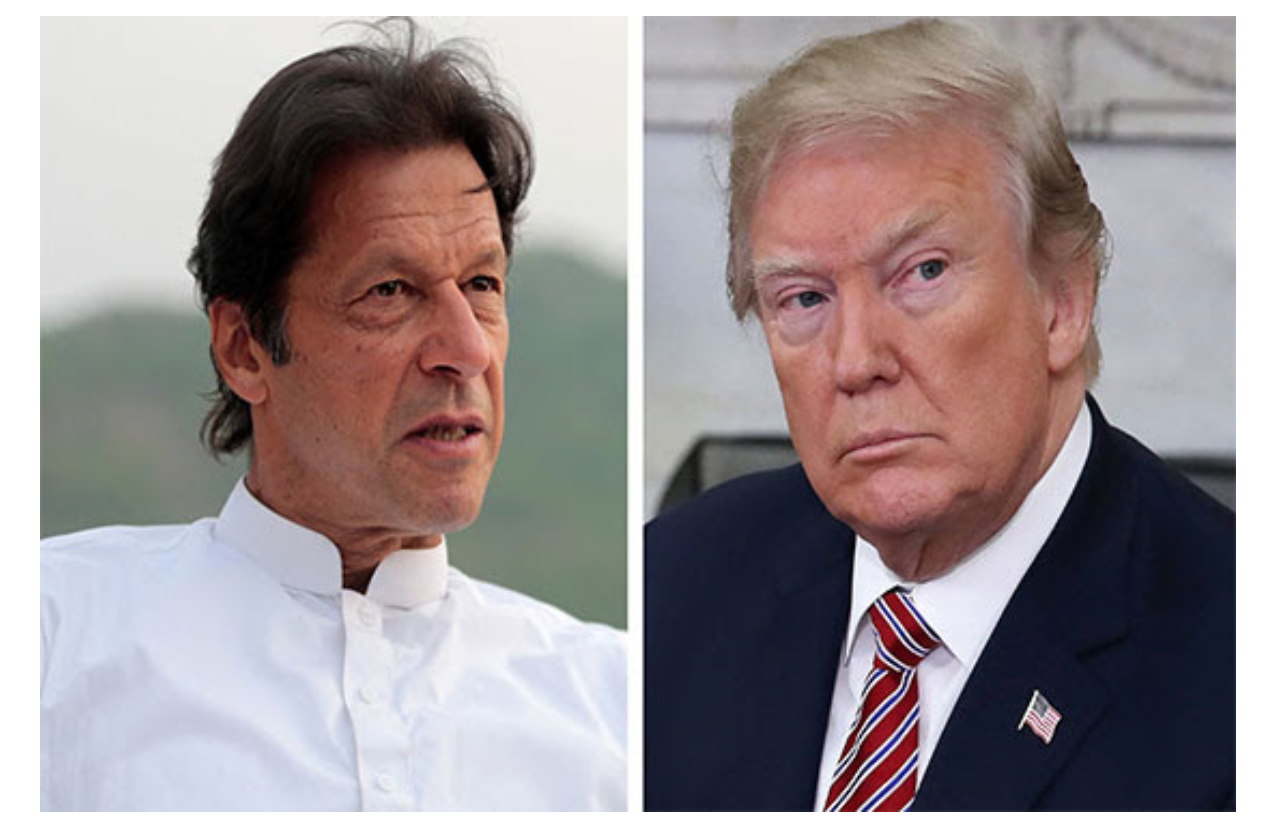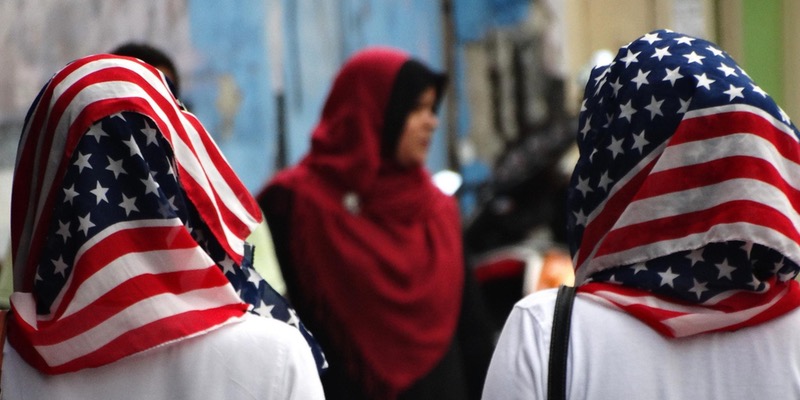Iran, Israel, the United States and War (Part 2)
By Geoffrey Cook, TMO
Emeryville (Calif.)–Your commentator is beginning his writing in continuation of last week’s story on the Iranian conundrum in this funny little town on the Eastern side of San Francisco Bay which arose into contemporary prominence due to the fact it is close to the Bay Bridge and their small industrial town had had room to expand. Curiously, although the transcontinental railway traditionally terminated in Oakland, this small town on its own decided to build a major train station, and most of the passengers get off here to board buses over the water to the City (S.F.). It is squeezed between Oakland and Berkeley, the latter town is where this article originated, and this piece is the second installment of the article that examines the prospects for a disastrous war in the Persian (a.k.a. Arabian) Gulf.
B. Iran
The United States and Israel acknowledged that they were responsible for the Stuxnet computer virus during the past fortnight against the Iranian nuclear program creating a new Weapon of Mass Destruction (WMD) that may have the ramifications off the even the magnitude of the nuclear tests in New Mew Mexico during the1940s. This new WMD not only slowed down Tehran’s nuclear ambition, but poisoned the enterprise (big business) worldwide, and had a horrendous economic consequence that was not contemplated.
Karim Sadjadpour, of Persian ancestry, is a policy analyst at the Carnegie Endowment. Prior to that, he was “chief Iran analyst†at the International Crisis Group, and, at the program in which he presented at Berkeley, he tried to critically explain the perspective of the Islamic (Shia) Republic.
Sadjapour began by stating that in size “Iran is Goliath and Israel is David, but†actually, “strategically Iran is David and Israel Goliath.†Strangely, Washington is well aware of this paradox.
Like old the U.S.S.R. (Union of Soviet Socialist Republics), they are/were both isolated, and both are/became weary of change. The Revolution is marked by a hatred of the United States and the hijab.
Thus, it is hard for the Obama Administration to create rapprochement with the Supreme leader even though America has tried over these past four years; making overtures to Tehran. Henry Kissinger (not one of your author’s favorite former civil servants) has stated that “There is a commonality of interests [between the two nations – the U.S. and Iran], but Persia refuses to release itself from its ‘cause.’†Sadjadpour conjectures that the dominant country in the Gulf has forced a policy of coercion against itself by its own actions for perceived self-survival. “Tehran doesn’t react to ordinary pressure, but only to “real pressure.†Further, “That Iran is purposing a strategic threat is ridiculous, but it is making a political challenge…Its central interest isn’t nuclear†at all,†but Israel itself. He believes that “…it is best if Iran does not threaten Israel…but can keep its nukes…like Pakistan.†Yet, “…Iran is more pragmatic…than ideological…†Curiously, Dr. Sadjadpour suggested that “Obama should go to Iran…[as]…Nixon [went] to China†in the 1970s.
Our think thank expert points out that “…Iran is not a global, but†rather a “regional power…a diluted version of the Soviet Union and the Taliban†together. It is possible that Iran’s atomic efforts could (and probably has with the cyber-attack have) be(en) set back by by one to three years (most likely less) if an attack were launched, but definitely it would have the effect of entrenching the most conservative elements of that Islamic Republic’s body politick.
Iran is in a position that “It can’t do too little or too much†on the threat of this crisis. The U.S., NATO (the North Atlantic Treaty Organization), the Arab League and other Middle Eastern actors plus the P 5 + 1 (the acknowledged nuclear powers plus Germany) have reached a diplomatic impasse with Iran. Yet, the (U.S.’) Obama government does not desire another war in the Middle East.
14-24













2012
784 views
views
0
comments